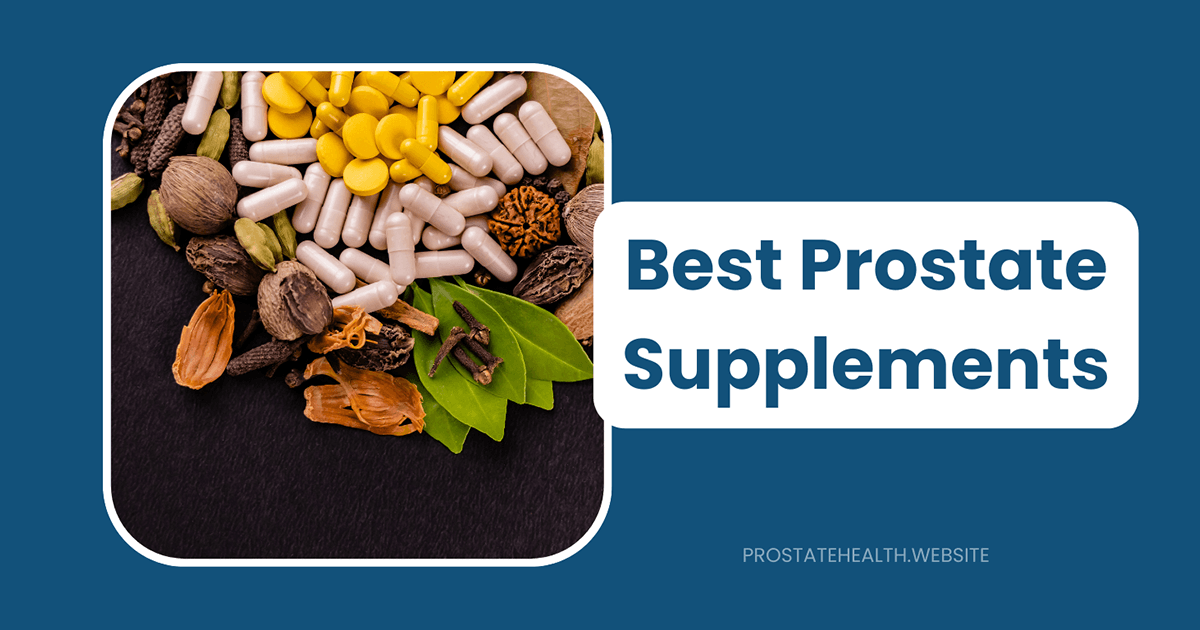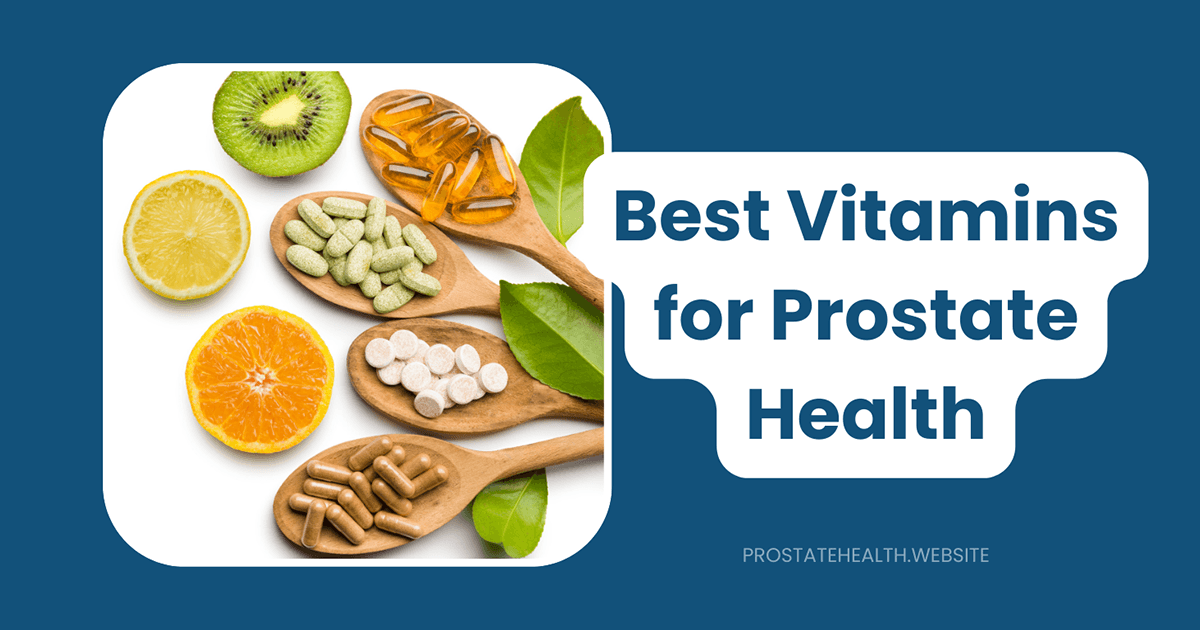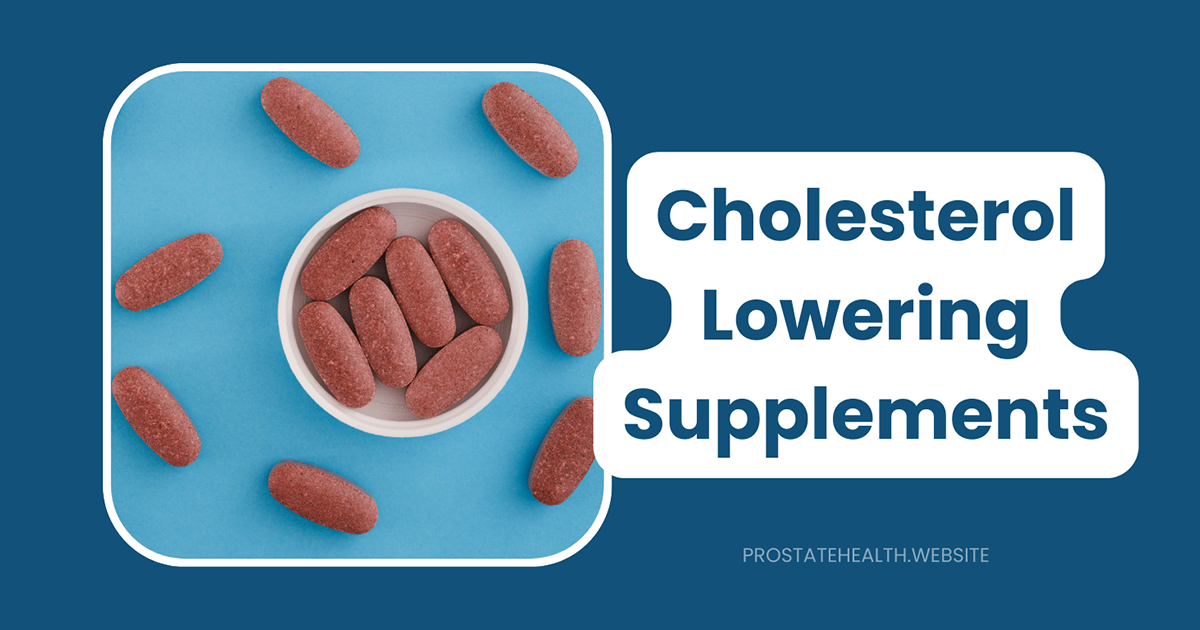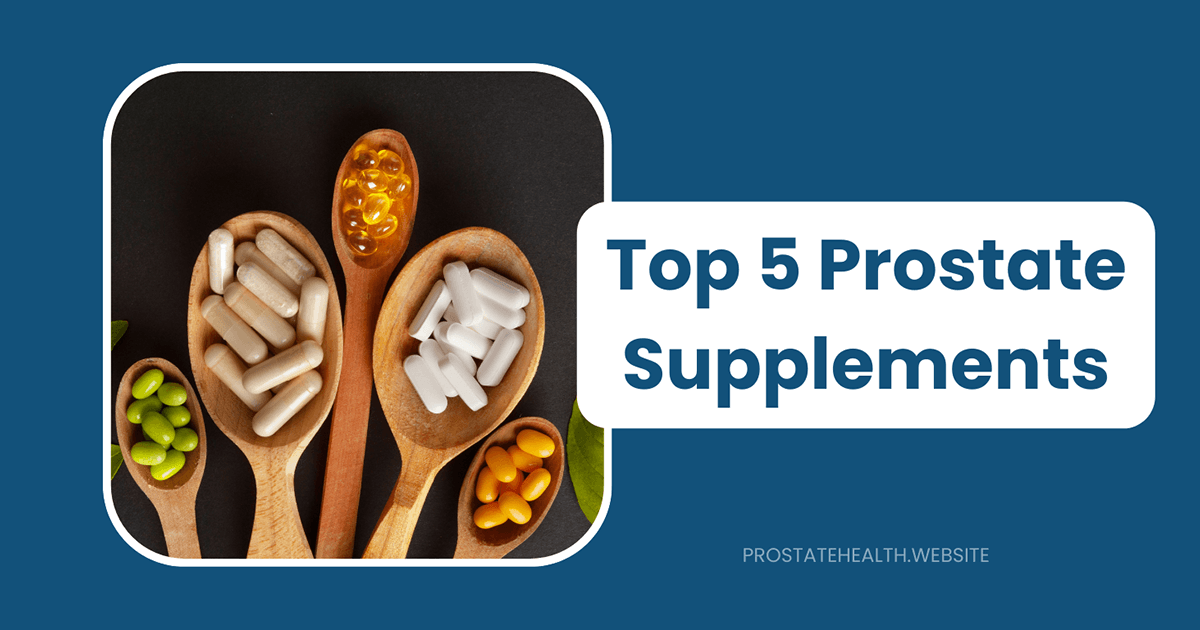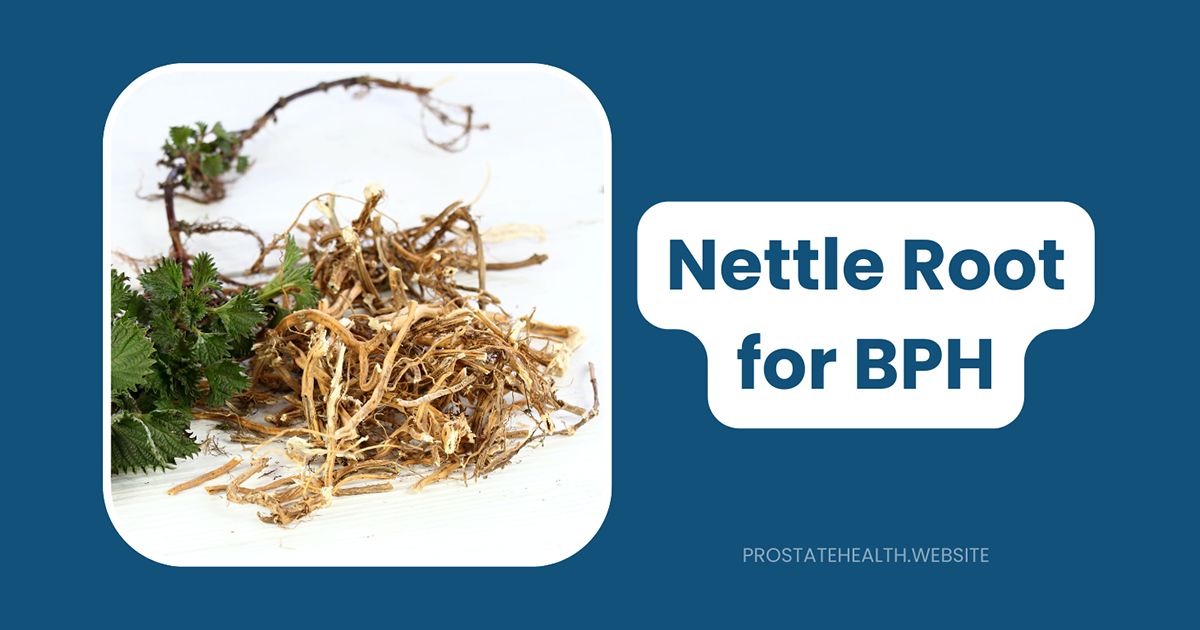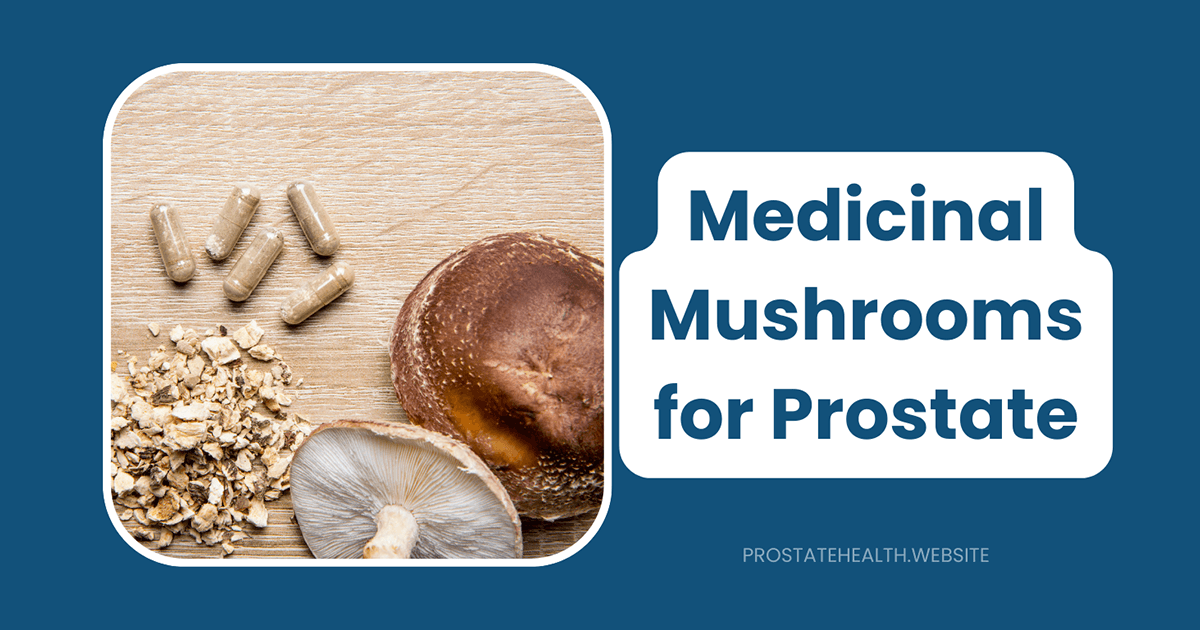Pygeum Africanum: Traditional Uses and Modern Evidence
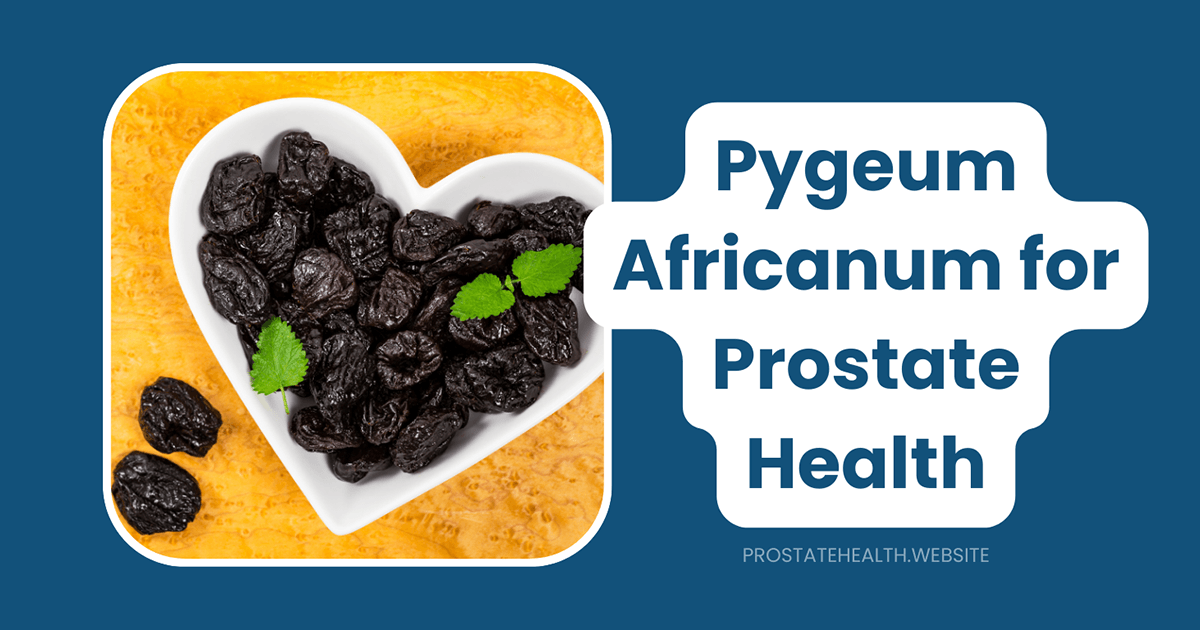
When I first encountered Pygeum Africanum in my research on natural prostate remedies, I was struck by the rich history behind this botanical medicine. Here was a remedy that African tribal healers had used for centuries, now being studied in modern laboratories and prescribed by physicians across Europe. The story of how this tree bark traveled from the highlands of Africa to become one of the most widely used natural treatments for prostate health fascinated me.
As someone deeply committed to understanding the intersection of traditional wisdom and modern science, I’ve spent years researching the evidence behind natural prostate remedies. What I’ve discovered about Pygeum Africanum represents one of the more compelling cases for the value of traditional plant medicines in contemporary healthcare.
In this comprehensive guide, I’ll share what I’ve learned about this remarkable botanical—its origins, traditional uses, scientific evidence, and practical considerations for men considering it as part of their prostate health regimen.
What Is Pygeum Africanum?
Pygeum Africanum (Prunus africana), also known as the African cherry or African plum tree, is an evergreen tree native to the mountainous regions of central and southern Africa, including countries like Cameroon, Kenya, Madagascar, and Tanzania. Growing up to 45 meters tall, these majestic trees are characterized by their reddish-brown bark, which contains the medicinal compounds that have made Pygeum a valued remedy for centuries.
Botanical Classification and Characteristics
- Scientific name: Prunus africana (formerly Pygeum africanum)
- Family: Rosaceae (same family as cherries, plums, and almonds)
- Native range: Montane forests of Africa at elevations of 900-3,400 meters
- Distinguishing features: Reddish-brown bark, white flowers, and cherry-like red fruits
The Medicinal Part: The Bark
The medicinal portion of Pygeum is its bark, which contains a complex mixture of biologically active compounds, including:
- Phytosterols (including beta-sitosterol)
- Pentacyclic triterpenes (ursolic and oleanolic acids)
- Ferulic acid esters
- N-docosanol
- Phytosterols
These compounds work synergistically to produce Pygeum’s therapeutic effects, particularly for prostate and urinary health.
Traditional Uses: Ancient Wisdom from African Healers
The medicinal use of Pygeum bark dates back centuries in African traditional medicine, where it was employed for a variety of ailments. Understanding these traditional applications provides valuable context for its contemporary uses.
Urinary and Prostate Health
In traditional African medicine, Pygeum bark was ground into powder and mixed with water, tea, or milk to create remedies for:
- Urinary difficulties in older men
- “Male barrenness” (likely referring to fertility issues)
- Bladder pain and inflammation
- Kidney disease
Tribal healers in regions like Cameroon and Kenya recognized the bark’s ability to improve urinary flow and reduce nighttime urination long before modern science identified the prostate gland’s role in these symptoms.
Beyond Prostate Health
Traditional uses of Pygeum extended beyond urinary and prostate concerns to include:
- Fever reduction: The bark was used to treat malarial and non-malarial fevers
- Gastrointestinal issues: Remedies for stomachaches and digestive discomfort
- Pain management: Applied to wounds and taken internally for various types of pain
- Appetite stimulation: Used to improve appetite in the elderly and ill
Traditional Harvesting and Preparation
Traditionally, healers harvested small sections of bark in a sustainable manner that allowed the tree to heal and regenerate. The bark was typically:
- Dried in the sun
- Ground into a fine powder
- Prepared as a tea or mixed with food
- Sometimes combined with other medicinal plants
This sustainable approach stands in stark contrast to modern commercial harvesting, which has unfortunately led to Pygeum being classified as a vulnerable species due to overharvesting.
The Journey to Modern Medicine
The transition of Pygeum from traditional African remedy to modern supplement represents a fascinating chapter in ethnobotanical history.
European Discovery and Early Research
European explorers first documented the medicinal use of Pygeum in the 1700s, when tribes in southern Africa taught them to use the bark for bladder discomfort. However, it wasn’t until the mid-20th century that Pygeum gained attention in Western medicine.
The modern medical use of Pygeum began in the 1960s when French researchers developed the first standardized extract. By 1969, Pygeum was being prescribed in Europe, particularly France, for benign prostatic hyperplasia (BPH) under the trade name Tadenan.
Scientific Validation Begins
The first significant clinical trials on Pygeum for prostate health were conducted in the 1970s, showing promising results for reducing urinary symptoms associated with BPH. These early studies paved the way for more rigorous research in subsequent decades.
Contemporary Status
Today, Pygeum is:
- One of the most commonly prescribed phytotherapeutic agents for BPH in Europe
- Available as an over-the-counter supplement in the United States
- The subject of ongoing research into its mechanisms of action and potential applications
- A component in many combination formulas for prostate health
The Science Behind Pygeum: Mechanisms of Action
Modern research has identified several ways that Pygeum may benefit prostate health, helping to explain its traditional effectiveness.
Anti-Inflammatory Effects
One of Pygeum’s primary mechanisms appears to be its potent anti-inflammatory action. Research published in the International Journal of Molecular Sciences in 2025 demonstrated that Pygeum extract:
- Inhibits the production of pro-inflammatory prostaglandins in the prostate
- Reduces the production of leukotrienes and other 5-lipoxygenase metabolites
- Decreases levels of inflammatory cytokines, including IL-6, IL-2, and TNF-α
This anti-inflammatory action may help reduce prostate swelling and associated urinary symptoms.
Hormonal Modulation
Pygeum appears to influence hormonal factors involved in prostate enlargement:
- Mild inhibition of 5-alpha-reductase: This enzyme converts testosterone to dihydrotestosterone (DHT), a hormone that stimulates prostate growth
- Reduction in prolactin binding: Excessive prolactin can increase the uptake of testosterone in the prostate
- Interference with cholesterol metabolism: May affect the synthesis of sex hormones
Growth Factor Inhibition
Research indicates that Pygeum can inhibit certain growth factors that contribute to prostate enlargement:
- Blocks epidermal growth factor (EGF)
- Inhibits basic fibroblast growth factor (bFGF)
- Reduces the activity of insulin-like growth factor 1 (IGF-I)
Bladder Function Improvement
Beyond its direct effects on the prostate, Pygeum may also improve bladder function:
- Reduces bladder hypercontractility
- Decreases micturition frequency in animal models
- Improves detrusor muscle function
Antioxidant Properties
The phytosterols and other compounds in Pygeum have demonstrated antioxidant effects, which may protect prostate cells from oxidative damage and reduce inflammation.
Clinical Evidence: What the Research Shows
The scientific evidence for Pygeum has accumulated over decades, with varying degrees of rigor and quality. Let’s examine what the research tells us about its effectiveness.
Key Clinical Studies
The Barlet Study (1990)
One of the earlier well-designed studies involved 263 men with BPH who received 100 mg of Pygeum extract daily for 60 days. Results showed:
- Significant reduction in nocturia (nighttime urination)
- Improved urinary flow rate
- Decreased residual urine volume
- Minimal side effects (only 5 patients reported gastrointestinal issues)
The Chatelain Study (1999)
This open-label study followed 85 men taking Pygeum for 12 months and found:
- 46% decrease in International Prostate Symptom Score (IPSS)
- Sustained improvement in quality of life
- Good long-term tolerability
The Breza Study (2005)
This randomized study of 235 BPH patients compared two dosing regimens:
- 50 mg twice daily vs. 100 mg once daily
- Both dosages showed similar efficacy after 2 months
- IPSS reduced by 38% and 35%, respectively
- Demonstrated that once-daily dosing is as effective as divided doses
Meta-Analyses and Systematic Reviews
The most comprehensive assessment of Pygeum comes from a Cochrane Review, last updated in 2023, which analyzed 18 randomized controlled trials involving 1,562 men. This meta-analysis found:
- Men using Pygeum were more than twice as likely to report improvement in overall symptoms compared to those receiving placebo (RR=2.1)
- Nocturia was reduced by 19%
- Peak urine flow increased by 23%
- Residual urine volume decreased by 24%
- Adverse effects were mild and comparable to placebo
Dr. Timothy Wilt, the lead author of this review, concluded: “The available evidence suggests that Pygeum africanum provides moderate relief from the urinary symptoms of BPH.”
Limitations of the Research
Despite these positive findings, several limitations in the research should be acknowledged:
- Most studies have been relatively short (1-6 months), with limited long-term data
- Many older studies lacked rigorous methodology by current standards
- Sample sizes have often been small
- Few studies have directly compared Pygeum to pharmaceutical treatments
- Standardization of extracts varies between studies
The American Urological Association’s 2023 guidelines note that while Pygeum shows promise, the evidence is not yet strong enough to make definitive recommendations for its use as a first-line treatment for BPH.
Pygeum vs. Other Prostate Supplements
For men considering natural approaches to prostate health, it’s helpful to understand how Pygeum compares to other popular supplements.
Pygeum vs. Saw Palmetto
Saw palmetto is perhaps the best-known herbal remedy for prostate health.
Comparative Effectiveness:
- Both have shown benefits in some clinical trials
- Recent large-scale studies have questioned saw palmetto’s effectiveness
- Pygeum may have stronger evidence for improving urinary flow measures
Mechanism of Action:
- Both may inhibit 5-alpha-reductase, but through different mechanisms
- Pygeum has more pronounced anti-inflammatory effects
- Saw palmetto has stronger anti-androgenic properties
Side Effect Profile:
- Both are generally well-tolerated
- Saw palmetto occasionally causes digestive upset, headache, or dizziness
- Pygeum rarely causes significant side effects beyond mild digestive issues
Pygeum vs. Beta-Sitosterol
Beta-sitosterol is a plant sterol found in many foods and supplements, including Pygeum.
Comparative Effectiveness:
- Both have shown benefits for urinary symptoms in clinical trials
- Beta-sitosterol has more robust evidence from recent studies
- Pygeum contains beta-sitosterol along with other active compounds
Mechanism of Action:
- Both have anti-inflammatory properties
- Beta-sitosterol has more specific effects on cholesterol metabolism
- Pygeum has additional mechanisms beyond those of beta-sitosterol alone
Pygeum vs. Prescription Medications
How does Pygeum compare to prescription options like alpha-blockers (tamsulosin) and 5-alpha-reductase inhibitors (finasteride)?
Effectiveness:
- Prescription medications generally show stronger effects in clinical trials
- Alpha-blockers work more quickly (days to weeks) than Pygeum (weeks to months)
- 5-alpha-reductase inhibitors can reduce prostate size, which Pygeum does not appear to do
Side Effect Profile:
- Alpha-blockers can cause dizziness, fatigue, and orthostatic hypotension
- 5-alpha-reductase inhibitors may cause sexual side effects in 3-16% of men
- Pygeum rarely causes significant side effects
Dr. Aaron Katz, Chairman of Urology at NYU Winthrop Hospital, suggests: “For men with mild to moderate symptoms who want to avoid prescription side effects, Pygeum represents a reasonable option, particularly in combination with other lifestyle modifications.”
Dosage Guidelines: How Much Pygeum Should You Take?
If you’re considering Pygeum for prostate health, getting the dosage right is crucial for both effectiveness and safety.
Effective Dosage Range
Based on clinical studies, the effective dosage range appears to be:
- 75-200 mg daily of a standardized extract containing:
- 14% triterpenes
- 0.5% n-docosanol
Most studies used 100-200 mg daily, often divided into two doses, though more recent research suggests once-daily dosing is equally effective.
Timing and Administration
For optimal results:
- Take with meals to reduce the chance of digestive upset
- Allow at least 6-8 weeks to assess initial effects
- Consider cycling (6-8 weeks on, 2-4 weeks off) for long-term use
Duration of Use
Pygeum is not a quick fix. Based on clinical studies:
- Allow at least 4-8 weeks to notice initial improvements
- Maximum benefits typically appear after 2-3 months of consistent use
- Benefits appear to be maintained as long as supplementation continues
- Some studies have shown continued improvement for up to 12 months
Choosing a Quality Supplement
Not all Pygeum supplements are created equal. Look for:
- Standardized extracts with guaranteed percentages of active compounds
- Sustainable sourcing due to the vulnerable status of the species
- Reputable manufacturers that follow Good Manufacturing Practices (GMP)
- Transparent labeling that clearly states the amount of actual Pygeum extract
Some well-regarded Pygeum supplements include:
- Nature’s Way Pygeum Standardized Extract
- NOW Foods Pygeum & Saw Palmetto
- Solaray Pygeum Bark Extract
- Life Extension ProstaPollen (combination product)
Safety Profile and Potential Side Effects
One of Pygeum’s main advantages is its favorable safety profile, especially compared to prescription medications for BPH.
Common Side Effects
Side effects are generally mild and infrequent, but may include:
- Digestive issues (nausea, constipation, diarrhea, stomach pain)
- Mild headache
Rare Side Effects
Less commonly reported:
- Dizziness
- Visual disturbances
Drug Interactions
Pygeum has few known drug interactions, but theoretical concerns include:
- Hormone therapies: Potential interaction with testosterone or estrogen therapies
- Anticoagulants: Theoretical risk of increased bleeding, though evidence is limited
- Other prostate medications: Possible additive effects with finasteride or dutasteride
Special Considerations
Pregnancy and Breastfeeding: Not recommended due to insufficient safety data.
Pre-Surgery: Discontinue at least 2 weeks before scheduled surgery due to theoretical bleeding risk.
Allergies: Those with allergies to other members of the Rosaceae family (cherries, almonds) should use caution.
Sustainability Concerns: Protecting a Vulnerable Species
An important ethical consideration when using Pygeum is its conservation status. Due to overharvesting for medicinal use, Prunus africana is classified as vulnerable on the IUCN Red List of Threatened Species.
The Harvesting Challenge
Traditional harvesting methods were sustainable, removing only small sections of bark and allowing the tree to heal. Modern commercial harvesting often involves:
- Cutting down entire trees
- Stripping bark in ways that kill the tree
- Harvesting from protected areas
Sustainable Alternatives
If you choose to use Pygeum, look for products that:
- Use bark from sustainably managed plantations
- Participate in reforestation efforts
- Have certification from organizations like the Forest Stewardship Council (FSC)
- Combine smaller amounts of Pygeum with other prostate-supporting herbs
Some companies now use bark from pruned branches or cultivated trees rather than wild harvesting, which helps protect natural populations.
Beyond Supplements: Comprehensive Prostate Health
While Pygeum may offer benefits for prostate health, it’s most effective as part of a comprehensive approach.
Dietary Factors
Several dietary patterns and specific foods may support prostate health:
- Mediterranean diet: Rich in fruits, vegetables, olive oil, and fish
- Tomatoes and tomato products: Contain lycopene, which may benefit prostate health
- Cruciferous vegetables: Broccoli, cauliflower, and cabbage contain compounds that may support prostate health
- Green tea: Contains catechins with potential benefits for the prostate
- Adequate hydration: Important for overall urinary health
Lifestyle Modifications
Several lifestyle factors can significantly impact prostate and urinary health:
- Regular exercise: May reduce BPH symptoms and improve overall prostate health
- Maintaining healthy weight: Obesity is associated with increased BPH risk
- Stress management: Chronic stress may worsen urinary symptoms
- Pelvic floor exercises: Can improve bladder control
- Limiting alcohol and caffeine: Both can irritate the bladder and worsen symptoms
When to See a Doctor
While Pygeum may help manage mild to moderate prostate symptoms, certain situations warrant medical attention:
- Blood in urine or semen
- Pain during urination
- Complete inability to urinate
- Fever or chills with urinary symptoms
- Severe or suddenly worsening symptoms
- Symptoms that don’t improve after 2-3 months of using Pygeum
Real Men, Real Results: Case Studies
While scientific studies provide valuable data, individual experiences can offer insight into what you might expect from Pygeum supplementation.
James, 64: Moderate BPH Symptoms
Background: James was experiencing increased nighttime urination (3-4 times nightly) and a weakened urine stream. His doctor diagnosed mild BPH but suggested trying natural approaches before prescription medication.
Approach: James began taking 100 mg of standardized Pygeum extract daily. He also increased his water intake during the day while reducing evening fluids.
Results: “After about five weeks, I noticed I was only getting up once or twice at night. By three months, my urine stream was noticeably stronger. It wasn’t a miracle cure, but the improvement was significant enough that I’ve continued taking it for over two years now.”
Robert, 58: Combination Approach
Background: Robert had moderate BPH symptoms that were affecting his quality of life. He wanted to avoid prescription medications due to concerns about sexual side effects.
Approach: Robert’s integrative physician recommended a combination supplement containing Pygeum (50 mg), saw palmetto extract, beta-sitosterol, and zinc. He also began practicing pelvic floor exercises daily.
Results: “The combination approach worked well for me. Within two months, my nighttime bathroom trips decreased from 4-5 times to just 1-2. I can’t say which component helped the most, but I’m satisfied with the results without having to use prescription drugs.”
Michael, 67: From Prescription to Natural Approach
Background: Michael had been taking tamsulosin (Flomax) for BPH for several years but was experiencing dizziness and fatigue as side effects.
Approach: Working with his urologist, Michael gradually transitioned from tamsulosin to a regimen that included Pygeum (100 mg twice daily) over a period of one month.
Results: “The transition was smooth, and while the Pygeum doesn’t work quite as strongly as the prescription did, the absence of side effects makes it worthwhile for me. I’ve found a good balance where my symptoms are manageable, and I feel better overall.”
Conclusion: Bridging Traditional Wisdom and Modern Science
Pygeum Africanum represents a fascinating bridge between traditional African healing practices and modern evidence-based medicine. Its journey from the forests of Africa to clinical research laboratories exemplifies how ancient wisdom can inform contemporary healthcare.
The evidence suggests that Pygeum may offer moderate benefits for men with mild to moderate prostate symptoms, particularly those related to BPH. Its favorable safety profile and multiple mechanisms of action make it an attractive option for men seeking alternatives to prescription medications.
However, it’s not a miracle cure, and expectations should be realistic:
- Benefits develop gradually over weeks to months
- Individual responses vary based on symptom severity and other factors
- It works best as part of a comprehensive approach to prostate health
- Sustainability concerns should be considered when choosing products
The decision to try Pygeum should be made in consultation with your healthcare provider, taking into account your specific symptoms, medical history, and preferences.
For many men with mild to moderate prostate symptoms, Pygeum offers a reasonable approach that honors both traditional wisdom and scientific evidence—a natural option that may provide meaningful relief without significant side effects.
Have you tried Pygeum for prostate health? Share your experience in the comments below.

